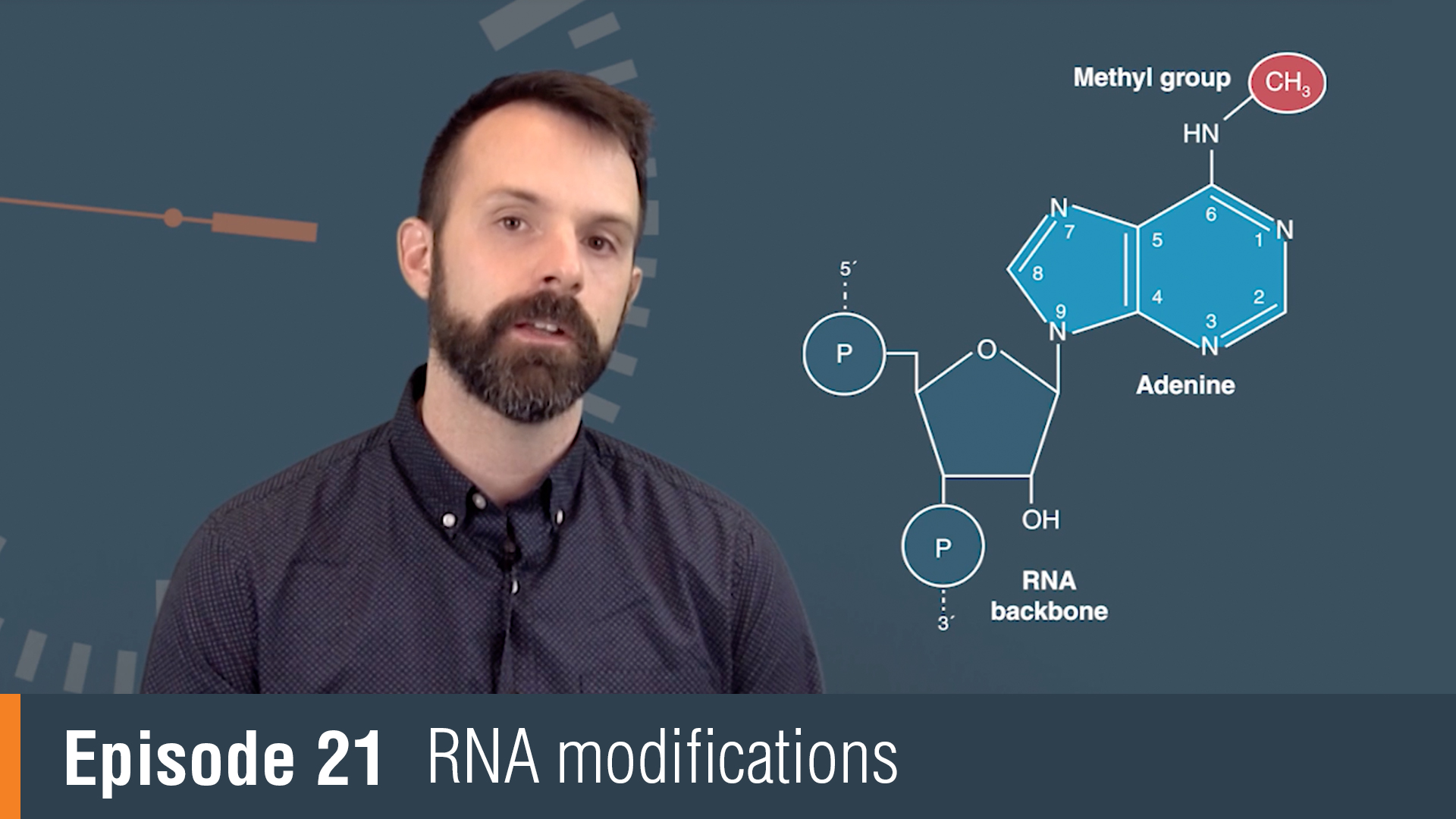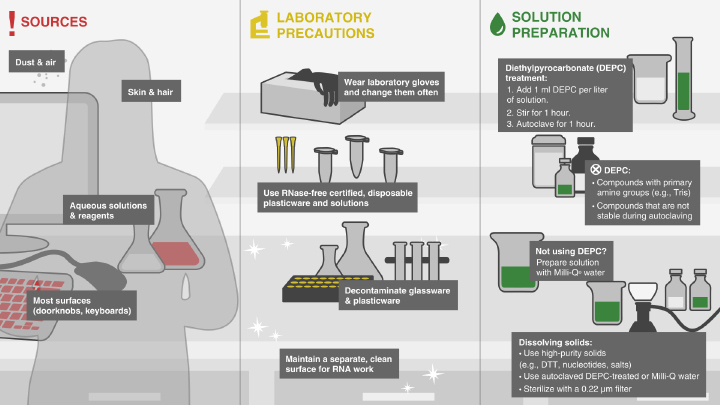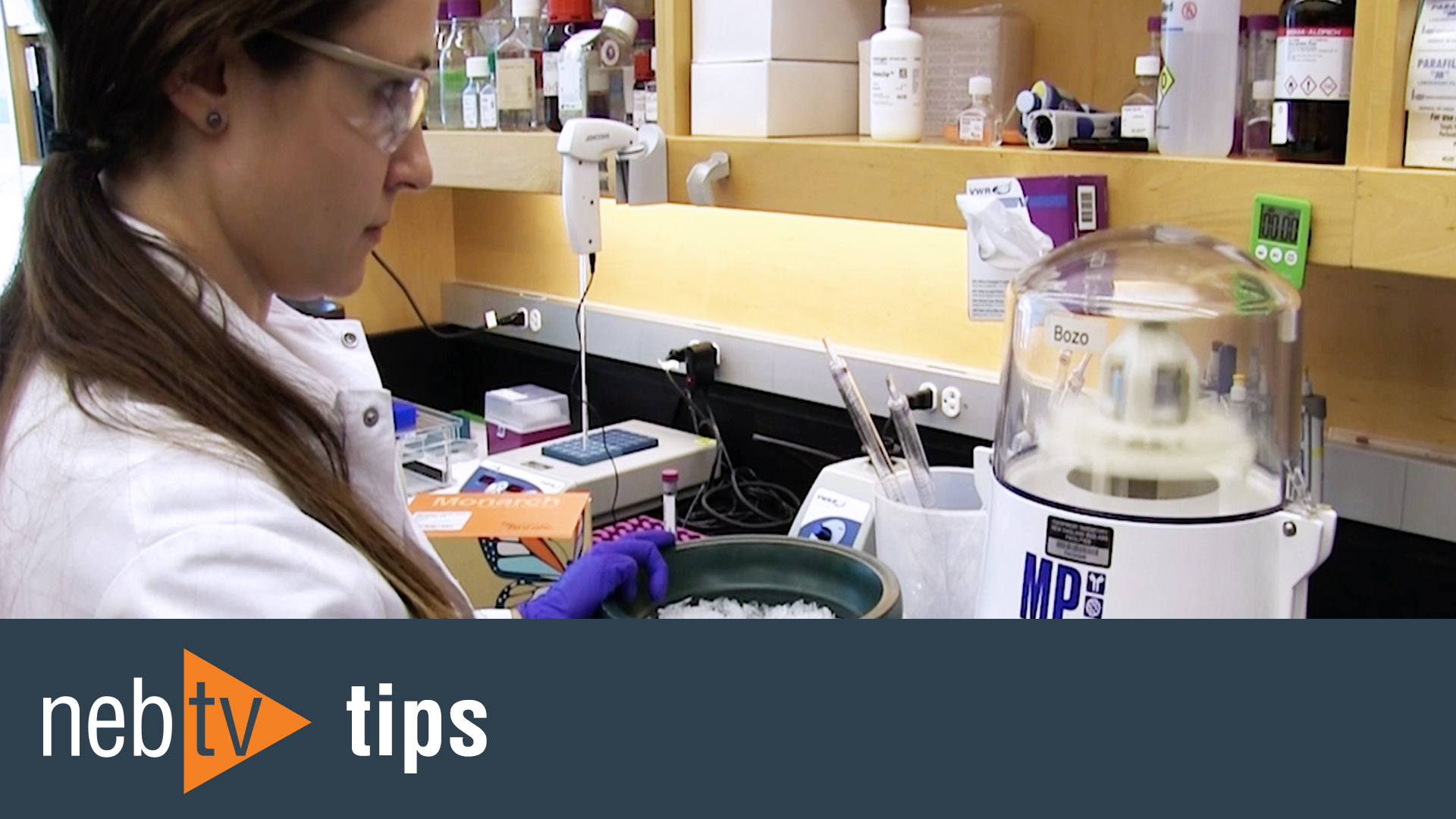In Vitro Transcription and Capping of Gaussia Luciferase mRNA Followed by HeLa Cell Transfection
Script
Narrator:
The overall goal of this procedure is to transfect HeLa cells with capped and uncapped mRNA transcripts of Gaussia luciferase and assay the cell culture for luciferase activity. This is accomplished by first using T7 High Yield RNA Synthesis Kit to synthesize both uncapped and capped mRNA transcripts of Gaussia luciferase by in vitro transcription.
Narrator:
Two methods of capping the mRNA are demonstrated. One uses the cap analog during transcription and the other uses the vaccinia capping enzyme for post-transcriptional capping. The next step is to transfect the capped and uncapped mRNA transcripts into HeLa cells. Ultimately, luciferase activity resulting from uncapped or capped mRNA is compared in the HeLa cell culture supernatant.
Bhairavi Jani:
The main advantage of this method over setting up your own transcription reaction is that the T7 High Yield RNA Synthesis Kit has been tested and optimized to produce high yield and more importantly high quality, full-length RNA transcripts. That is extremely important for successful RNA translation and expression of functionally active protein.
Ryan Fuchs:
Though this method provides insight into RNA transfection, in vitro transcribed RNAs can also be used for other applications such as microinjection, microarray analysis, hybridization-based blots and RNA structure and function studies.
Narrator:
The DNA template for this example reaction is a linearized plasmid containing the Gaussia luciferase or GLuc gene with a T7 promoter. Both capped and uncapped products will be synthesized. Begin by thawing the components from the T7 High Yield RNA Synthesis Kit and keep them on ice. To avoid RNase contamination, wear gloves and clean the bench surface, pipettes and other materials thoroughly. Using nuclease-free pipette tips, tubes and glassware is strongly recommended.
To synthesize uncapped RNA, set up the reaction at room temperature beginning with the 10x buffer and water followed by the nucleotides, the DNA template and finally the polymerase mix. The order of reagent addition is important. To synthesize capped RNA using a cap analog, make a similar reaction mixture, but add the cap analog nucleotides after adding the standard nucleotides. Now, mix the reaction components by gently vortexing, then pulse spin and incubate the reactions at 37 degrees Celsius for two hours in a dry-air incubator. As an internal control, set up a second reaction to synthesize capped transcripts of CLuc from a linearized plasmid. CLuc expression is used to normalize GLuc expression.
After the incubation, remove the DNA template from each reaction mixture. Add 70 microliters of nuclease-free water, followed by 10 microliters of DNase I reaction buffer and then two microliters of DNase I. Allow the DNase to react for 15 minutes at 37 degrees Celsius in a dry-air incubator. Now, purify the reactions using any spin column-based RNA purification kit and quantify the RNA using a NanoDrop™ spectrophotometer. Finally, assess the RNA's quality using the Agilent RNA 6000 Nano Kit and Agilent 2100 Bioanalyzer.
For a standard capping reaction, bring up 10 micrograms of the purified uncapped GLuc mRNA in 15 microliters of nuclease-free water. This can be scaled up accordingly. Heat the RNA at 65 degrees Celsius for 10 minutes to disrupt the secondary structures, and then place it on ice for five minutes.
To set up the capping reaction, add capping buffer, GTP, freshly diluted S-adenosyl methionine and vaccinia capping enzyme to the denatured RNA. Gently vortex the reaction components, pulse spin and incubate the reaction at 37 degrees Celsius for 30 minutes in a dry-air incubator. After the incubation, clean up and analyze the RNA as done at the end of the previous section.
Begin by plating HeLa cells in 28 wells of a 48-well plate. Each well should contain 70 to 230,000 cells and 150 microliters of high glucose DMEM supplemented with 10% serum. Incubate the plate at 37 degrees Celsius until the cells are 60 to 90% confluent, which should take between 16 and 24 hours. When the cells are ready, prepare the transfection mixtures. Dilute the RNA to a concentration of 100 nanograms per microliter.
Then, set up 24 microcentrifuge tubes for three different reactions, duplicated eight times. To eight tubes, add one microliter uncapped GLuc RNA, one microliter capped CLuc RNA for normalization, and 25 microliters of serum-free DMEM. Always mix well using a pipetter. In the next eight tubes, set up the same reaction, but instead of the uncapped GLuc RNA add capped GLuc RNA prepared using cap analog. In the last eight tubes, instead of the GLuc RNA prepared using cap analog, add capped GLuc RNA from the vaccinia reaction.
Now into the first set of eight tubes with uncapped GLuc RNA, mix in 0.2 microliters mRNA boost reagent followed by mixing in 0.2 microliters transit mRNA reagent. Allow the reactions to proceed at room temperature for no longer than five minutes. Two minutes into the reaction, begin transferring each mixture dropwise to a well with cultured cells. Repeat this step with the next two sets of tubes containing cap analog capped GLuc RNA and capped GLuc RNA from the vaccinia reaction. Leave four wells as a negative controls. Incubate the cells overnight at 37 degrees Celsius in 5% carbon dioxide.
Assay the supernatant using the BioLux® Gaussia Luciferase Assay Kit. For the GLuc assay, prepare fresh assay solution by adding 15 microliters of BioLux® GLuc substrate to 1.5 milliliters of BioLux® GLuc assay buffer. Do not vortex the final mixture. Mix it by tube inversions. For the CLuc assay, prepare 100x freshly reconstituted substrate. Then, make the assay solution by adding 15 microliters of the reconstituted substrate to 1.5 milliliters of BioLux® Cypridina Luciferase Assay Buffer. Mix the CLuc assay solution without vortexing and incubate it at room temperature for 30 minutes away from the light.
With the assay solutions prepared, measure the cells luminescence using a microplate luminometer. Set the luminometer to inject 50 microliters of assay solution over 2 to 10 seconds. Next, transfer 10 microliters of each cell culture supernatant to a well of a 96 well black plate. Prime the injector with the assay solution and proceed to measure luminescence.
The T7 High Yield RNA Synthesis Kit can produce up to 180 micrograms uncapped RNA and 40 to 50 micrograms of capped RNA per 20 microliter reaction. When analyzed on the Agilent 2100 Bioanalyzer, good quality intact RNA should show a single sharp peak representing the RNA transcript. A broad peak or multiple peaks indicate RNA degradation. It is also important to verify the size of the RNA. RNA transcripts of a longer length than expected, maybe due to incomplete digestion of the template plasma DNA. RNA degradation and lower yield are usually the result of contaminants introduced into the reaction from the template DNA.
Transfection was followed by incubation and assaying luciferase activity. The five prime cap structure is important for protecting the RNA against exonuclease degradation and for promoting translation initiation. Therefore, RNA capping is an essential step for transfection experiments. The difference in measured luminescence between cell cultures transfected with capped and uncapped transcripts clearly supports this and also shows that both capping techniques, using cap analog and using the vaccinia capping enzyme, successfully produce functional capped RNA transcripts.
Ryan Fuchs:
After watching this video, you should have a good understanding about how to synthesize high quality capped RNA transcripts for use in transfection and other various applications.
Related Videos
-

NEB® TV Ep. 21 - RNA modifications -

Avoiding RNase Contamination -

Tips for Successful RNA Purification using Monarch® Total RNA Miniprep Kit

